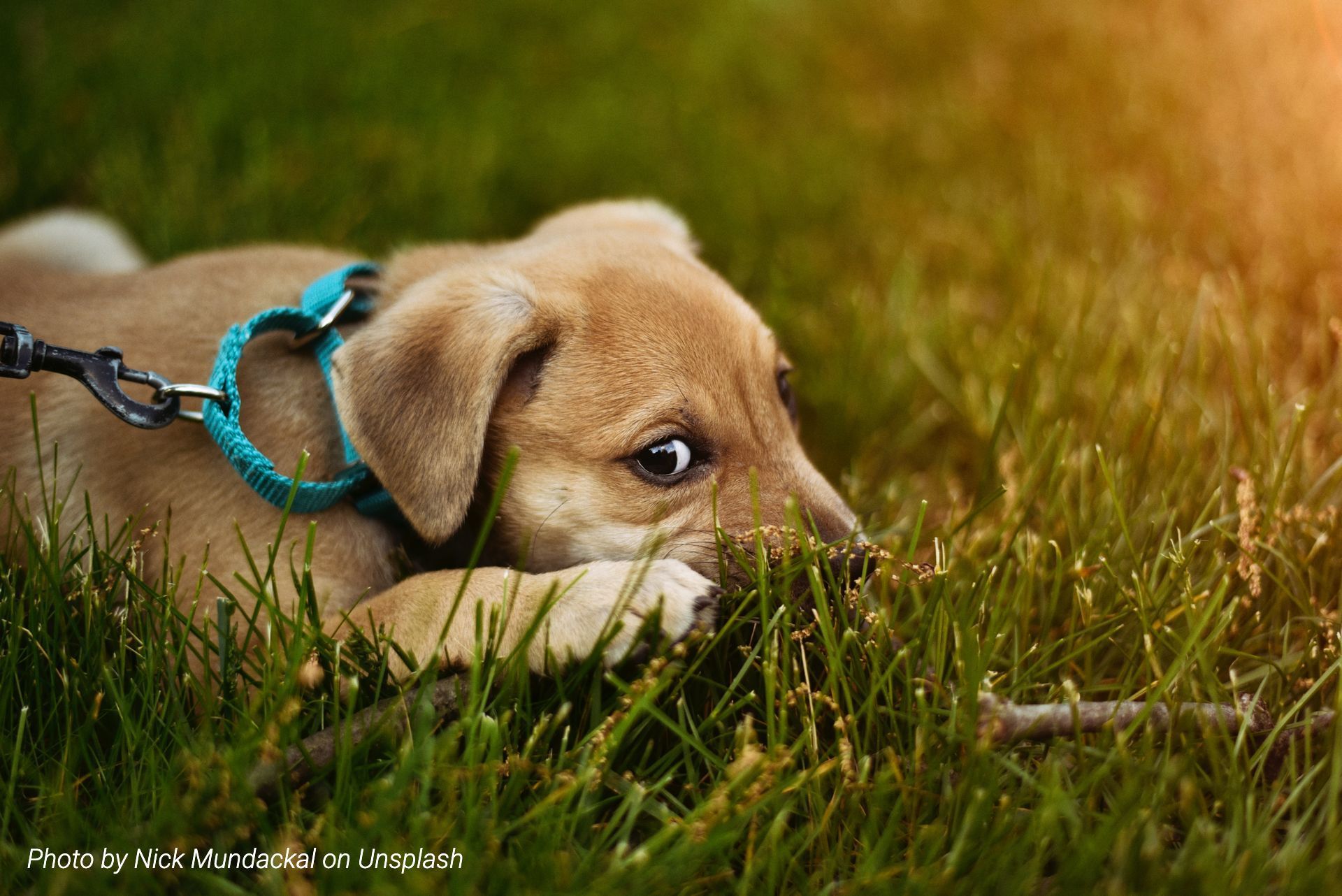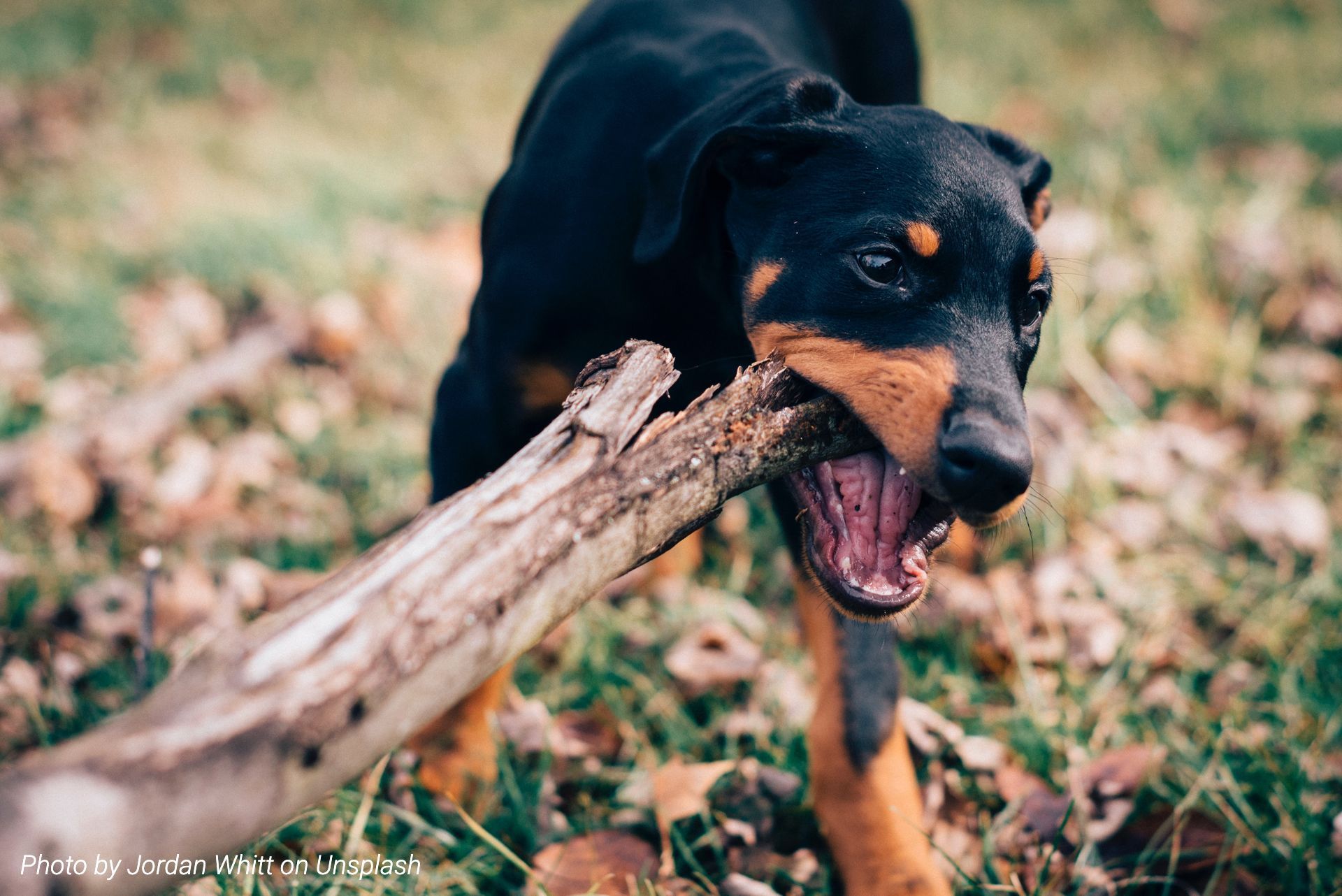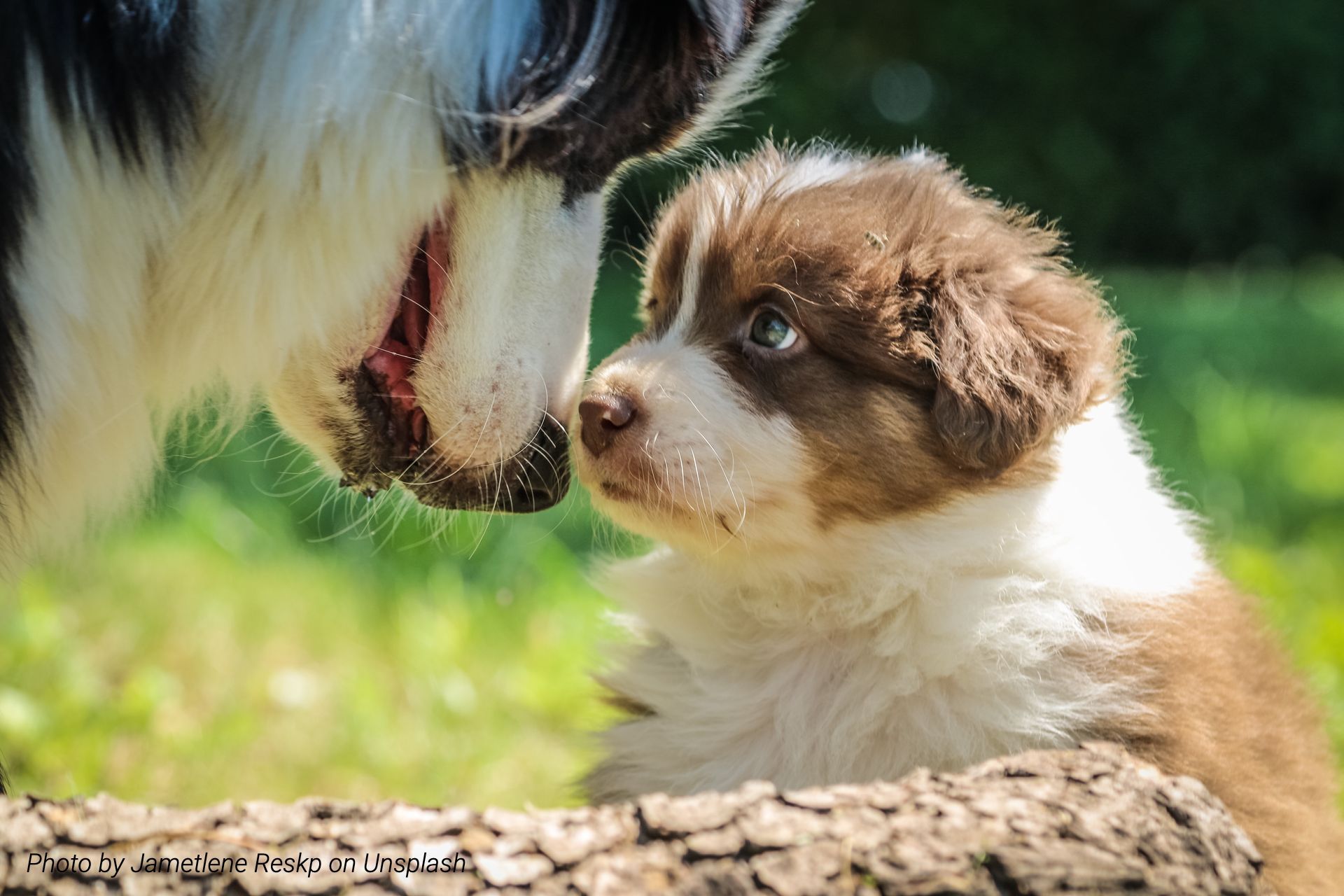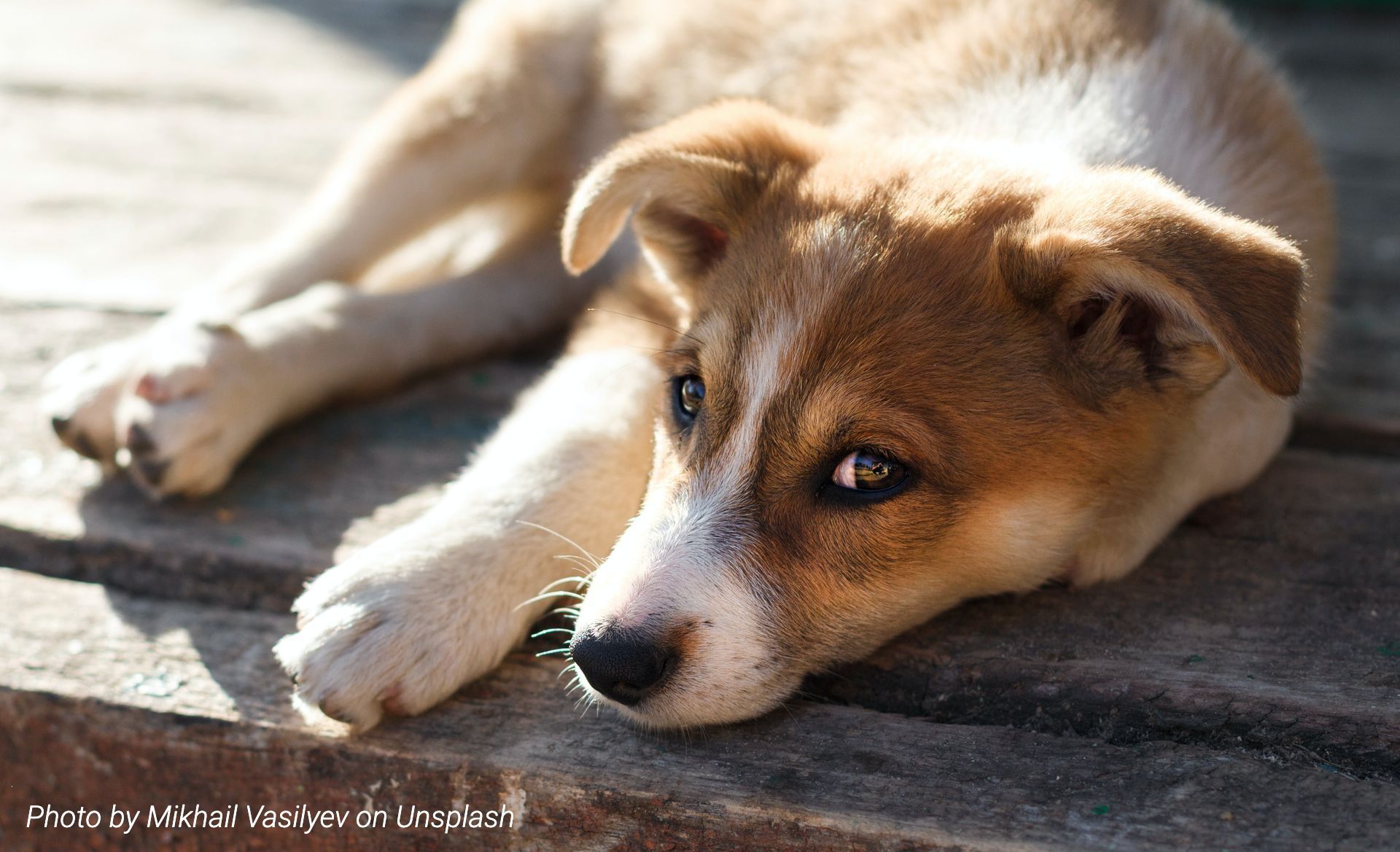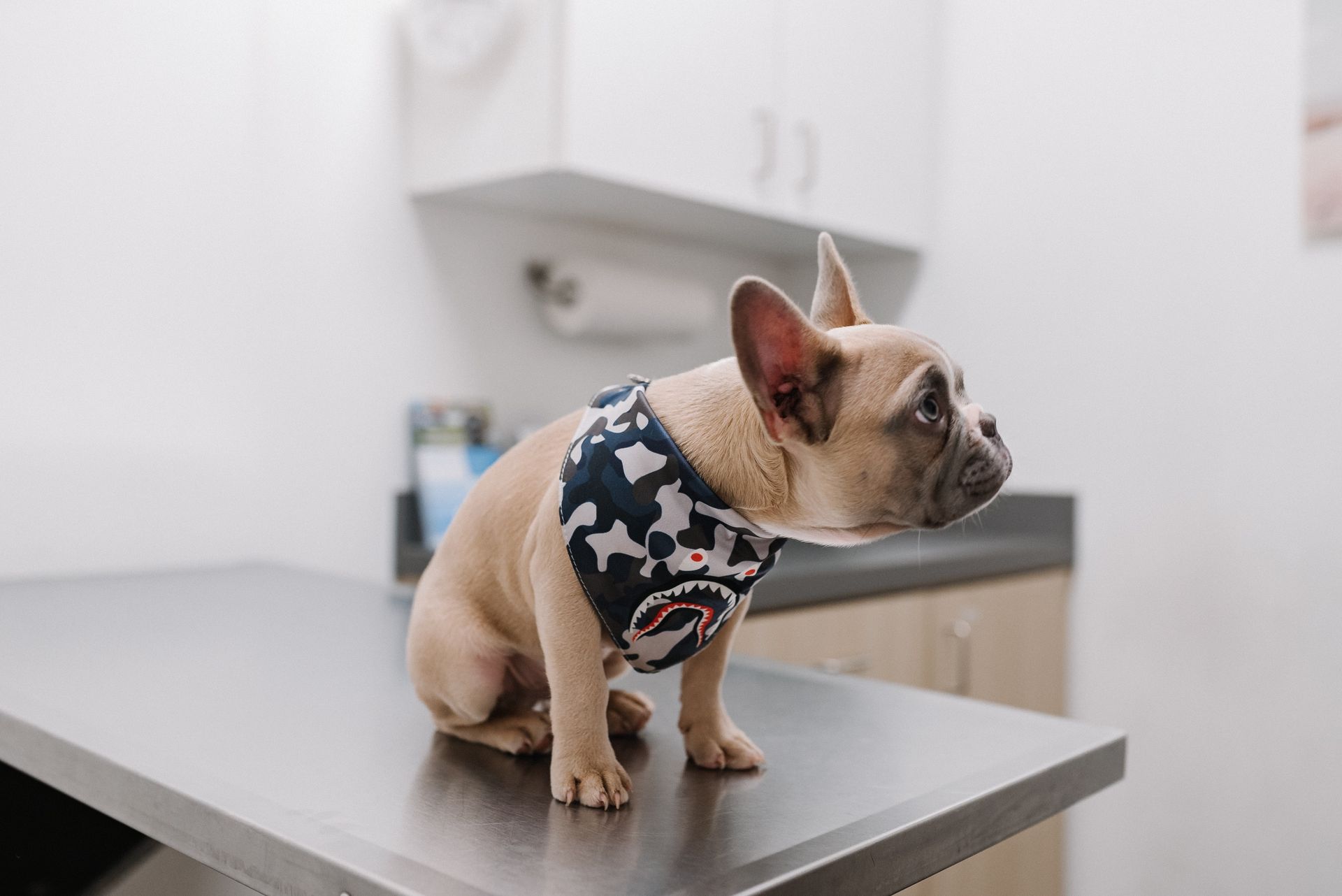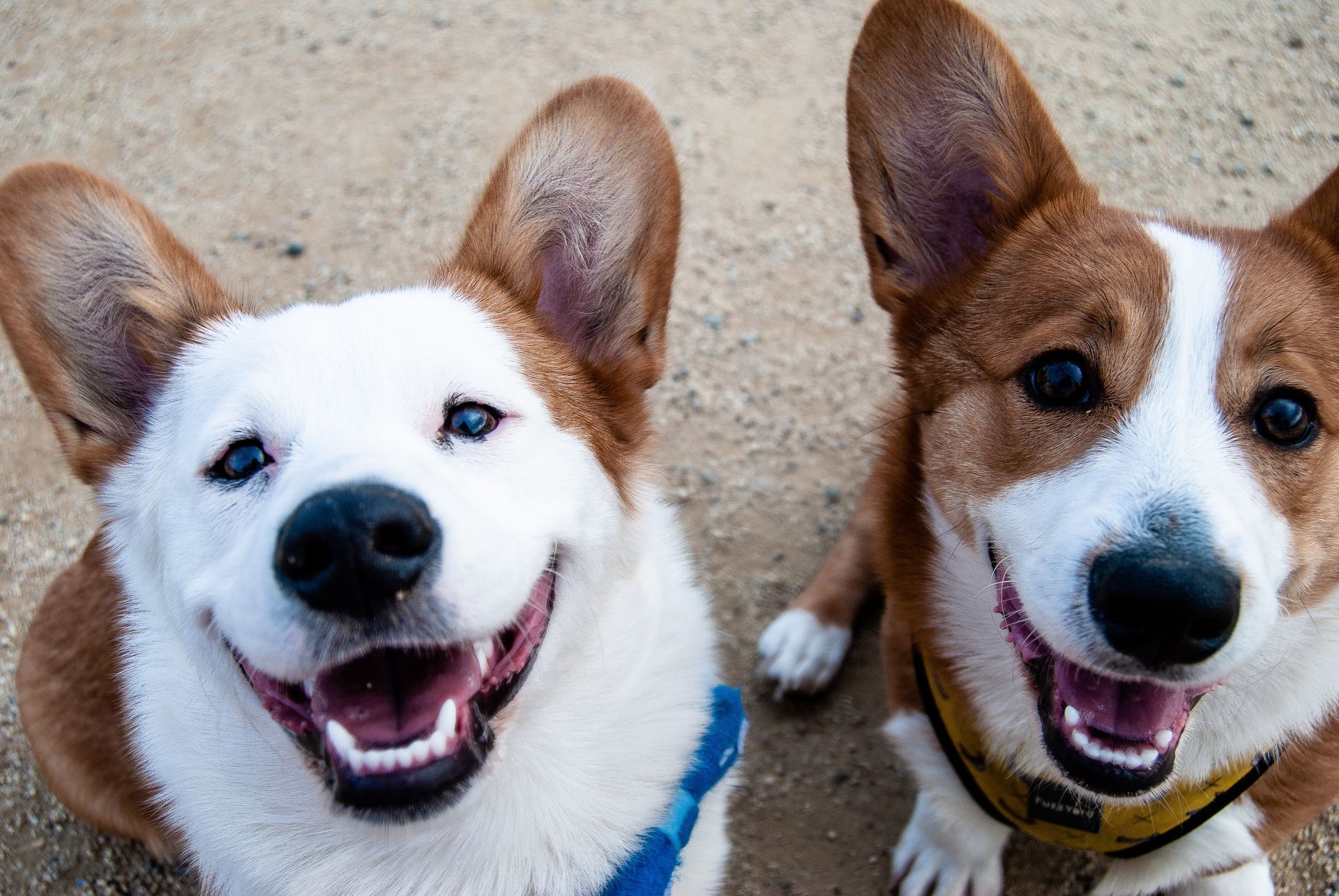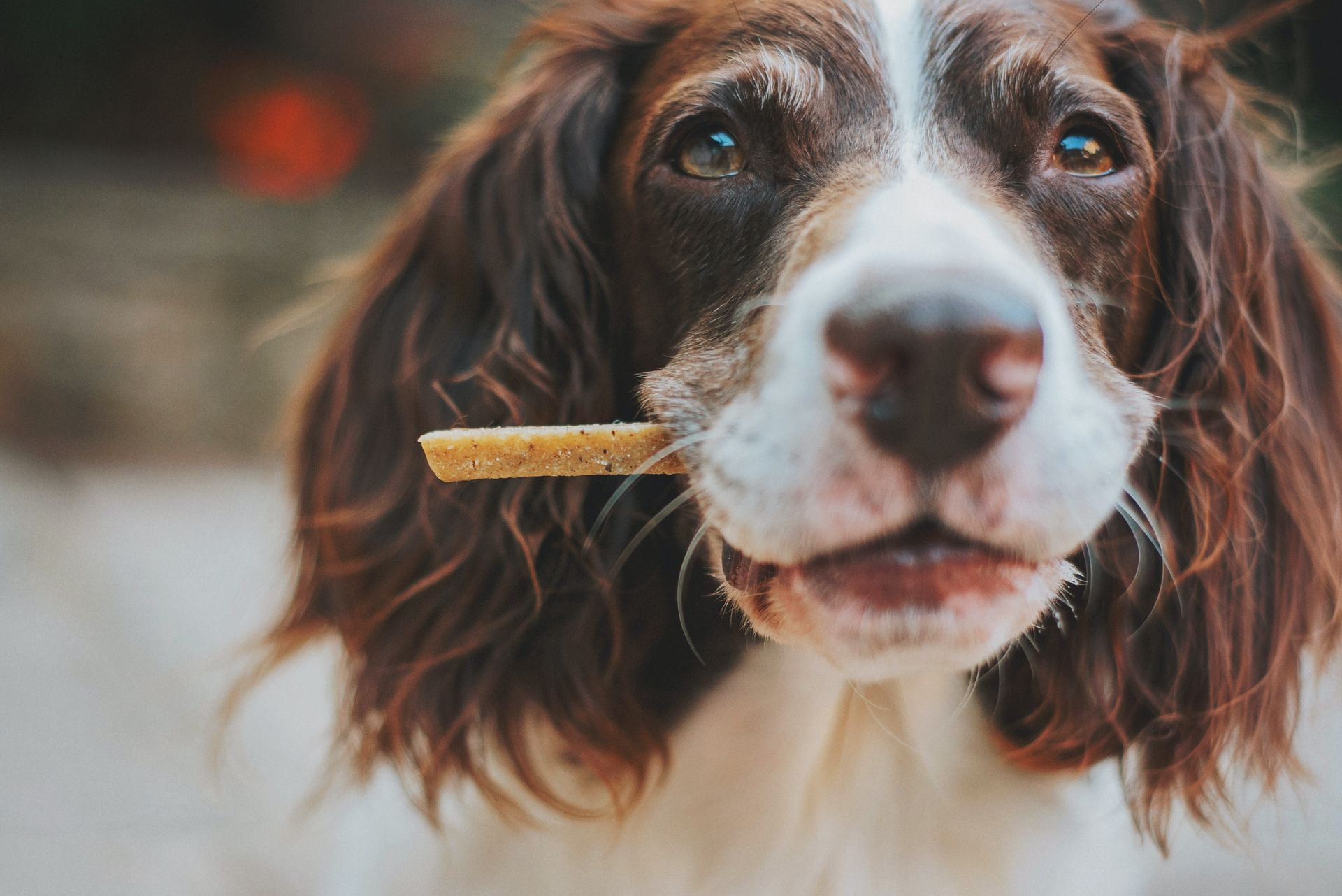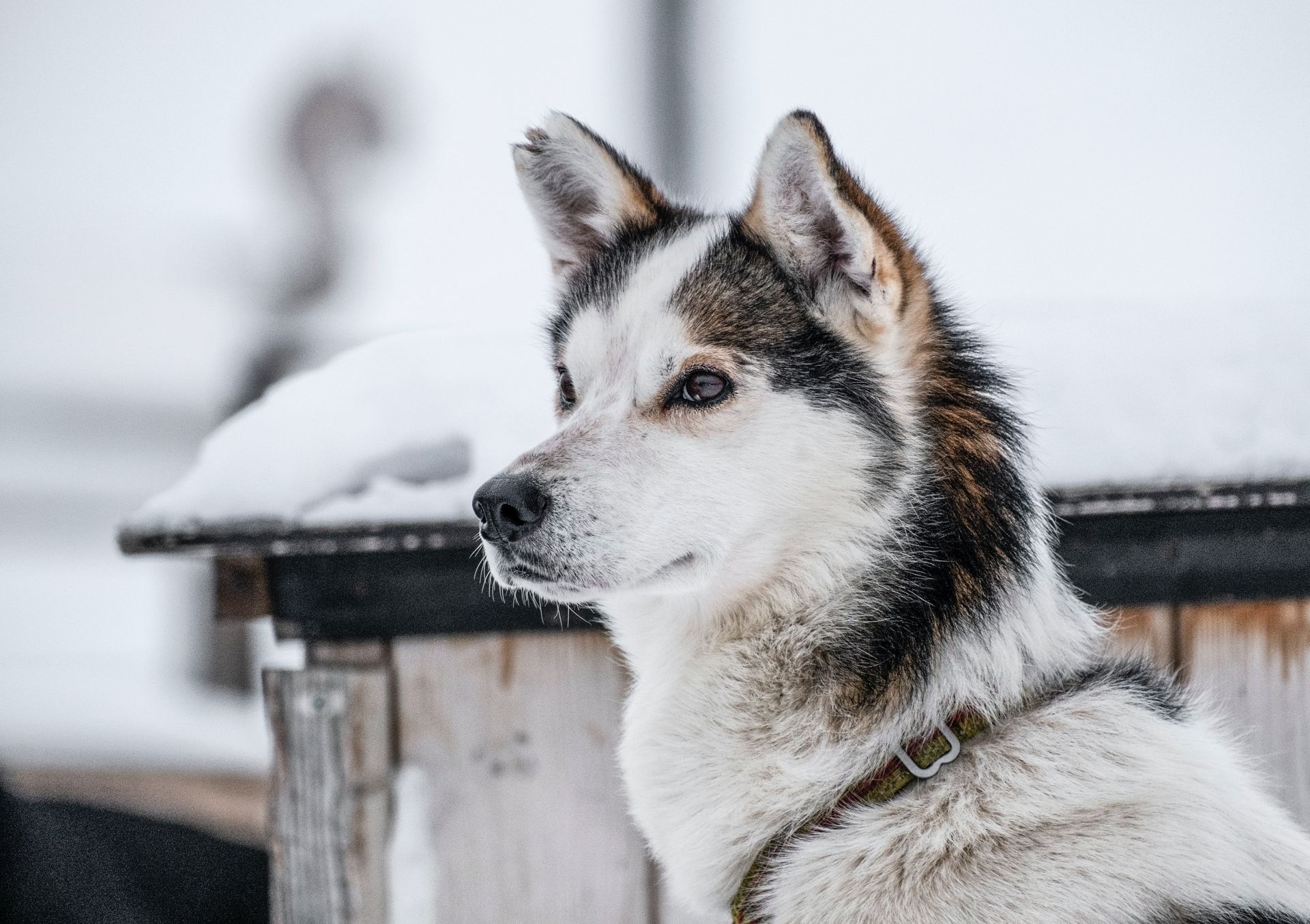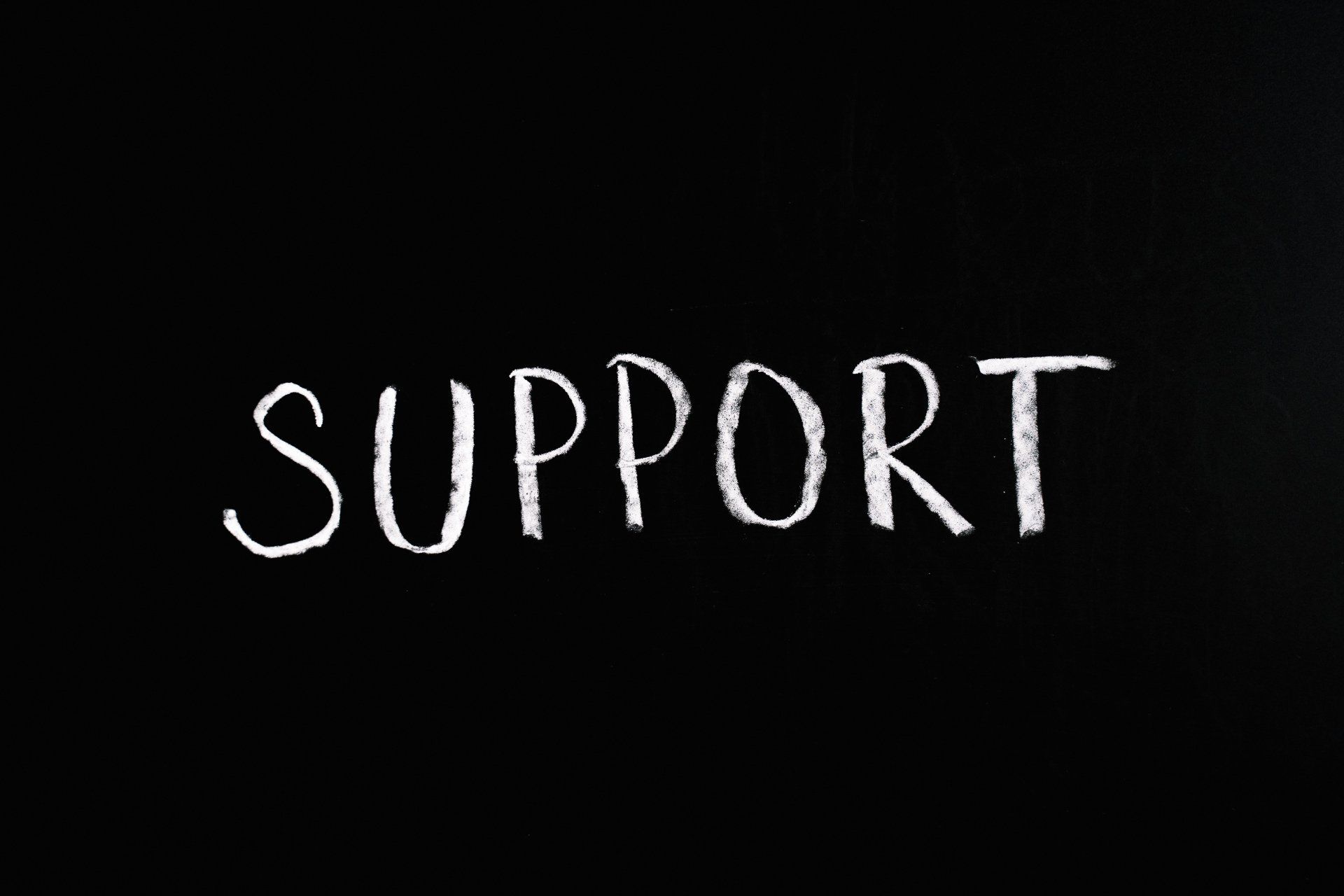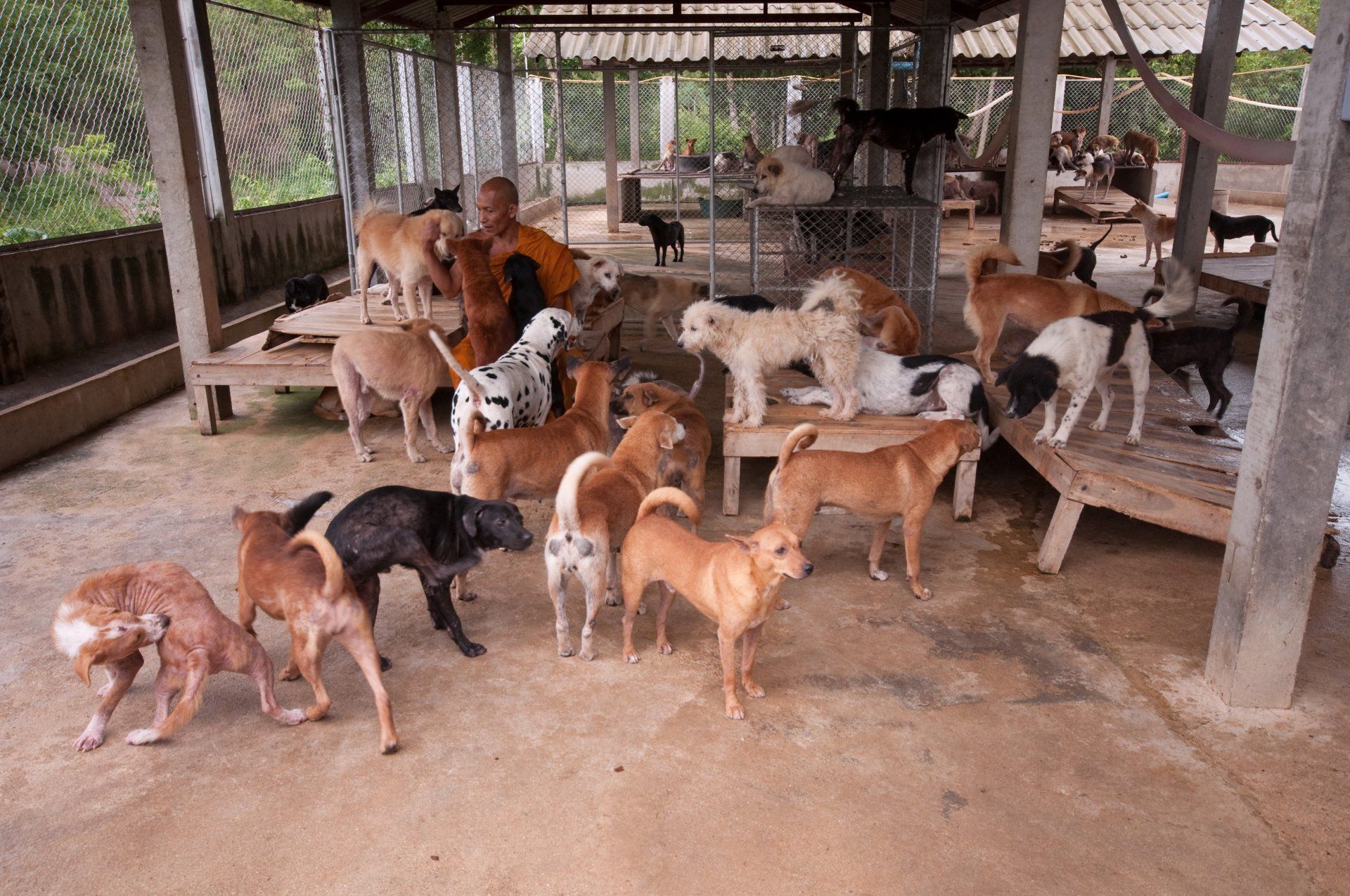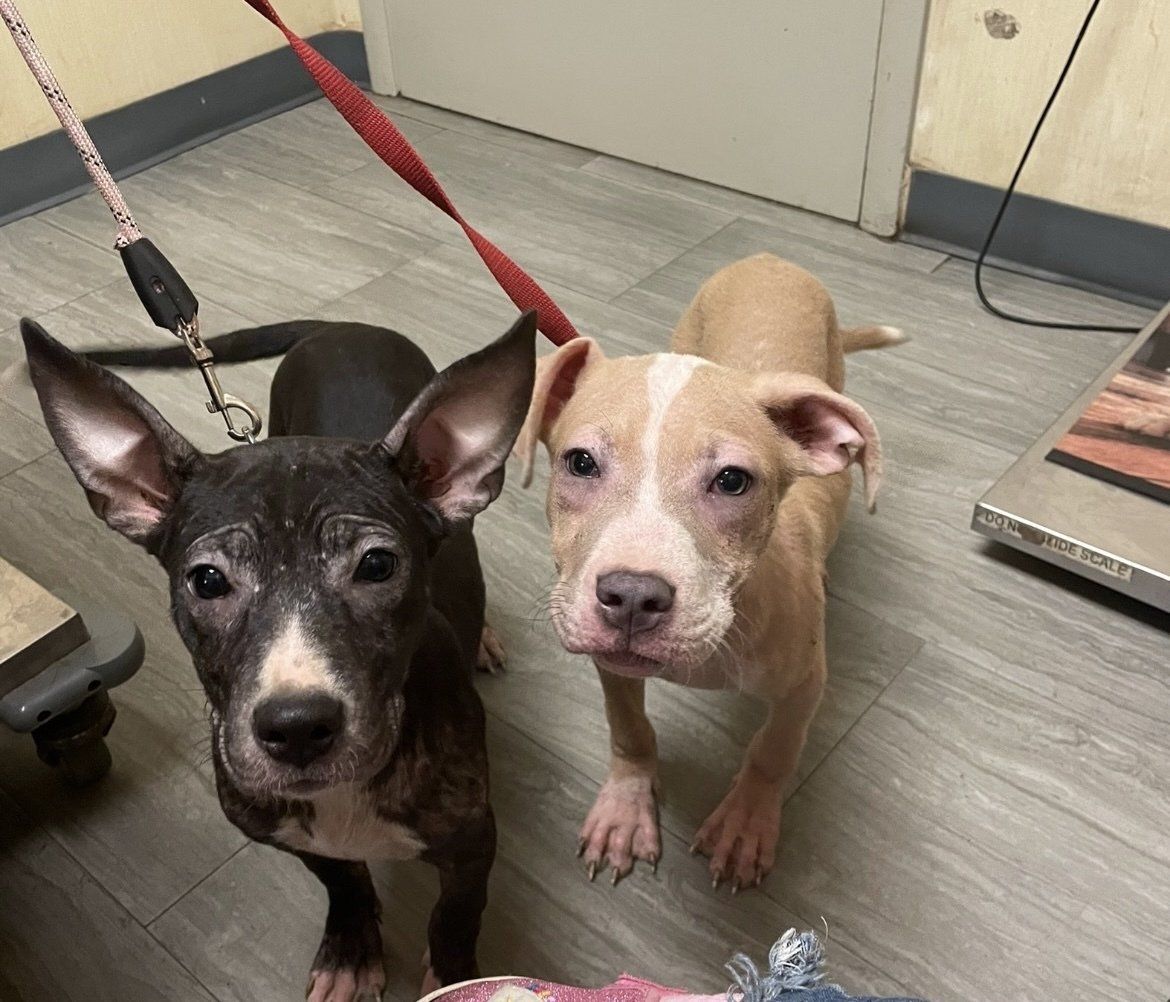By Samantha R
•
07 Oct, 2022
If you have considered rehoming your dog, it is critical to do so humanely and responsibly. When dog owners advertise their pups as being "free to a good home," they may have the best of intentions. In reality, it can put the dog in a dangerous situation. Listing any animal on Craigslist, Facebook, or other websites and forms of social media as “free to a good home” may put the animal at risk of falling into the wrong hands. With shelters overcrowding and dogs being turned away, people often resort to this method of rehoming out of desperation or blissful ignorance. Many may not grasp the potential harm and it is crucial for pet parents to understand the risks of posting for pets for “free”. Criminals scour the internet in hopes of finding these listings, knowing they can easily prey on these families and their pets. They will rely on that raw emotion and make every effort to persuade you that they will make a good guardian to the pet. Naturally, people want to believe others are good and would never harm an animal, which is to criminals' advantage. In many unfortunate instances, the dog may end up involved in dogfighting, unethical breeding, resold commercially, or to a laboratory. Some laboratories try to save money by recruiting dishonest middlemen who deal in stolen animals. These sellers are referred to as "Class B dealers" and are recognized by the USDA as random source animal sellers who are permitted to sell animals to research facilities for use in experiments. Animals are often obtained by Class B dealers in dishonest ways. Your animal will become unprofitable to them if you charge a little adoption fee, so they'll probably look elsewhere. Those searching for animals to abuse typically won’t pay an adoption fee. By having an adoption fee and a screening process, you can also stop people from impulsively adopting your animals, returning them to the shelter when they lose interest, or leaving them otherwise neglected or abandoned. Dogs require expenses past being adopted, so an adoption fee can also guarantee that the person is willing to pay these expenses and are more likely to take them to the vet and supply their needs. An adoption fee is just one way to ensure the new pet parent is willing to make an investment in the animal. Preforming a home visit, asking for personal and vet references, checking animal abuse registries, and forming a contract are just some of the important ways of making sure that your dog is going to a good home. If you are unsure of how to rehome your dog in a proper way, consider reaching out to your local shelters or rescues for help to ensure their safety. If a dog owner truly cares about the life and well-being of the dog being re-homed, taking the steps above to ensure he goes to a good home are worth the time and effort.


